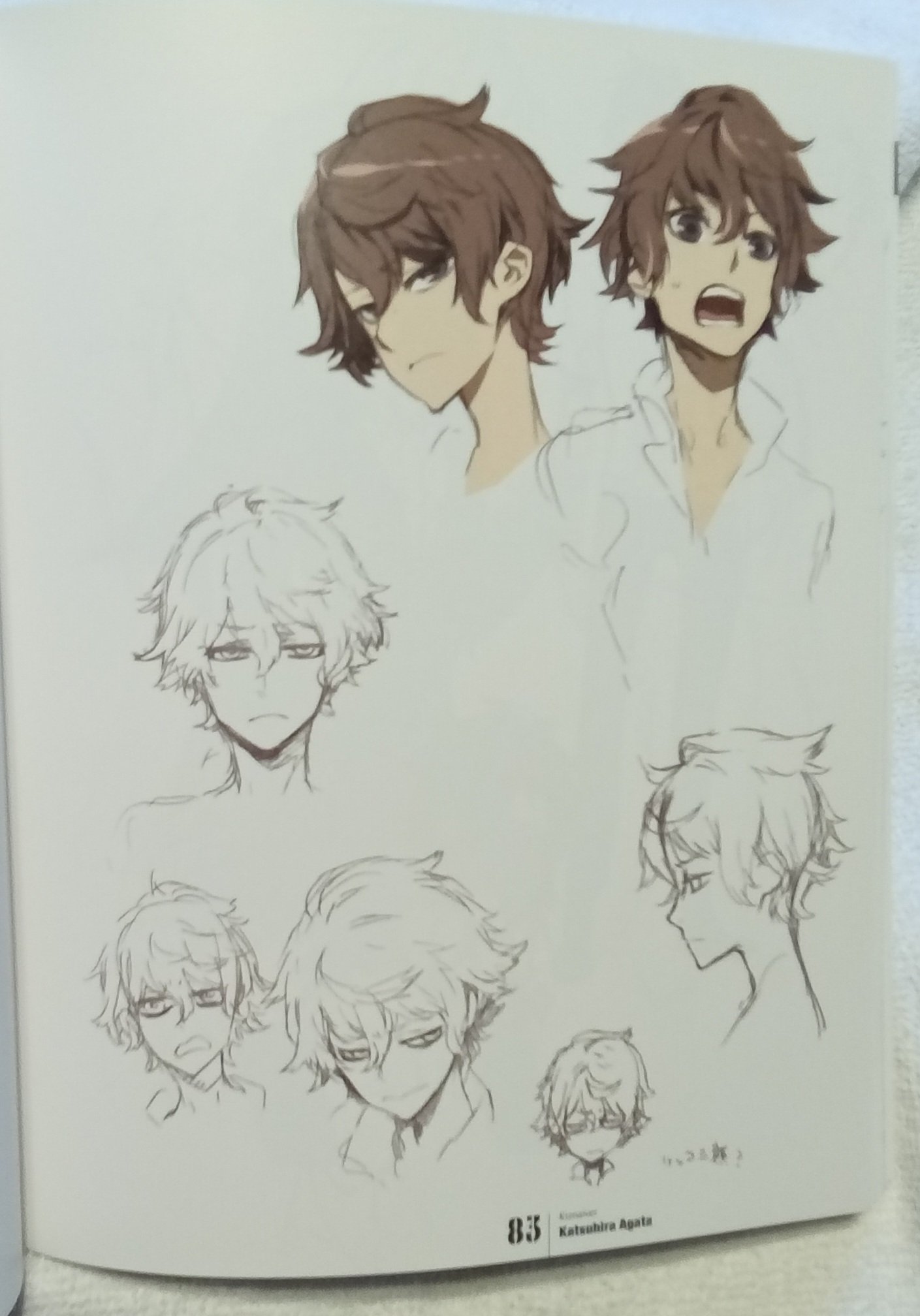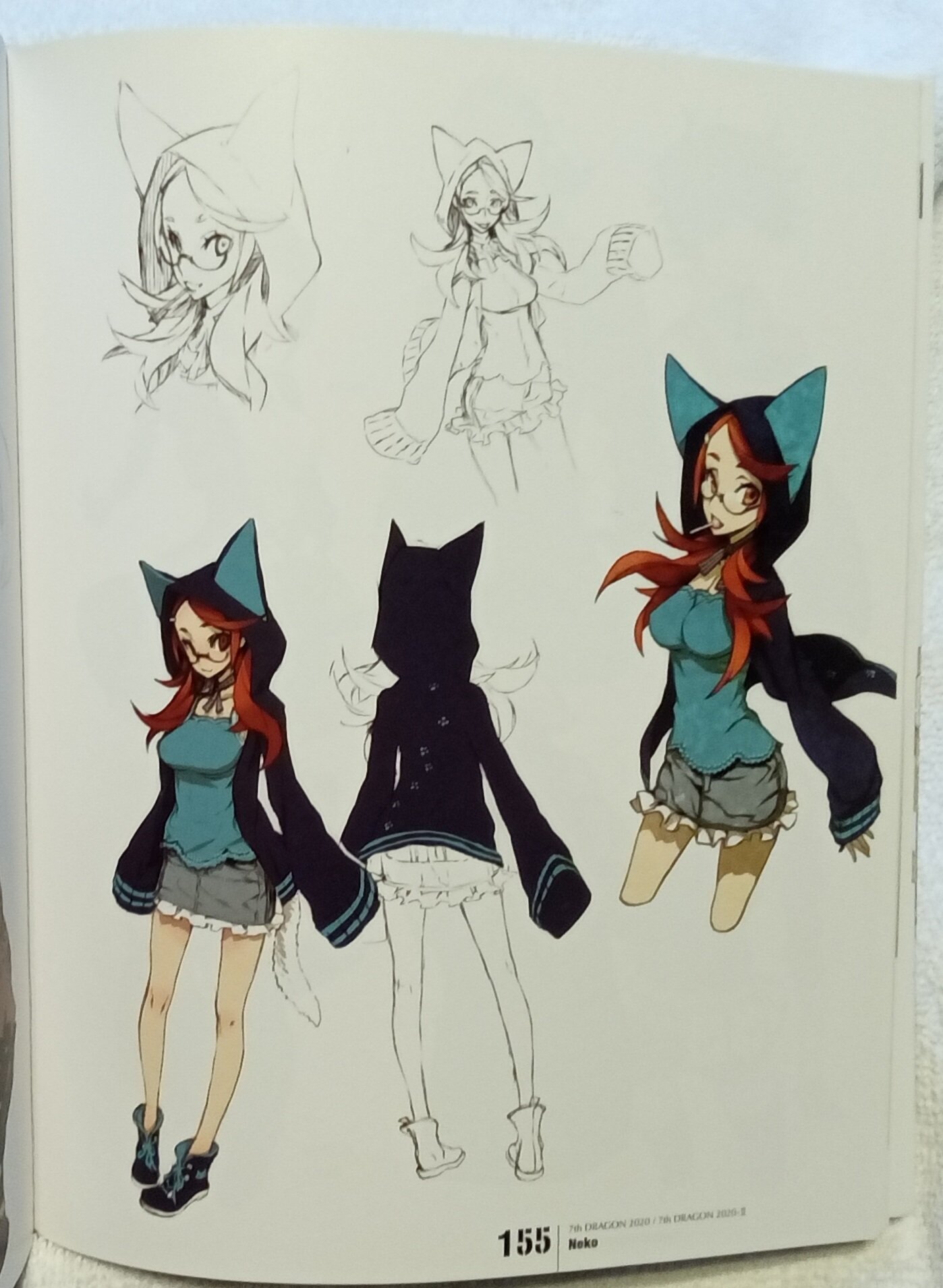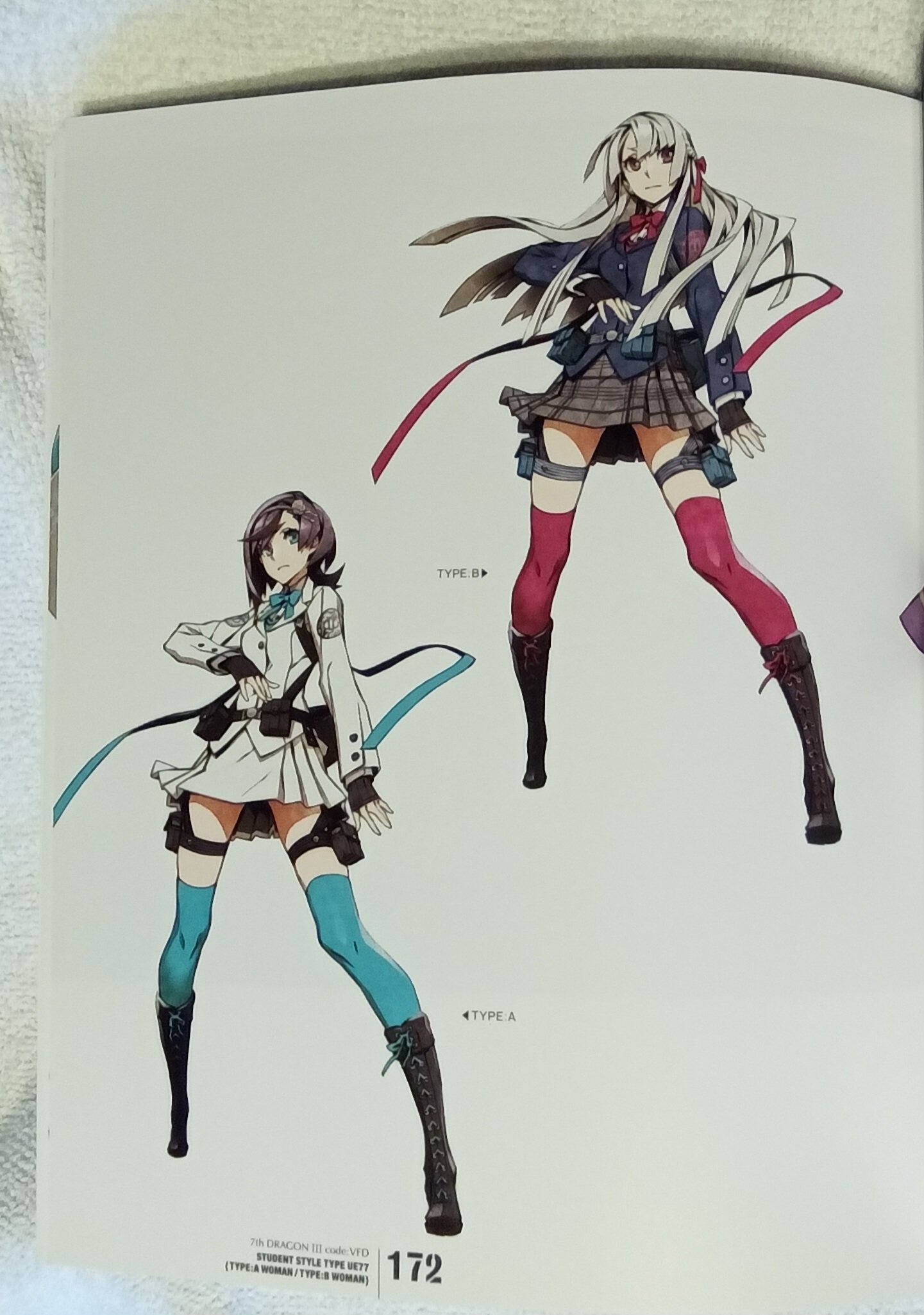Japanese Ghosts and Demons: Art of the Supernatural
From the seventeenth century to the nineteenth century, many of Japan's most brilliant artists, including Hiroshige, Hokusai, Yoshitoshi, and Zeshin, allowed their imaginations free rein in creating images of the supernatural world in woodblocks, paintings, books, wooden sculptures, and on screens.
This is the first book devoted to the study of the supernatural world and its renditions in Japanese art. The illustrations show a stunning array of Japan's more fiendish figures. Each of the ten chapters focuses on one of the most important themes in Japanese lore, discussing its anthropological meaning and literary and artistic interpretations…... 49 color illustrations, 75 black-and-white illustrations.
182 pgs
12x 9”
From the seventeenth century to the nineteenth century, many of Japan's most brilliant artists, including Hiroshige, Hokusai, Yoshitoshi, and Zeshin, allowed their imaginations free rein in creating images of the supernatural world in woodblocks, paintings, books, wooden sculptures, and on screens.
This is the first book devoted to the study of the supernatural world and its renditions in Japanese art. The illustrations show a stunning array of Japan's more fiendish figures. Each of the ten chapters focuses on one of the most important themes in Japanese lore, discussing its anthropological meaning and literary and artistic interpretations…... 49 color illustrations, 75 black-and-white illustrations.
182 pgs
12x 9”
From the seventeenth century to the nineteenth century, many of Japan's most brilliant artists, including Hiroshige, Hokusai, Yoshitoshi, and Zeshin, allowed their imaginations free rein in creating images of the supernatural world in woodblocks, paintings, books, wooden sculptures, and on screens.
This is the first book devoted to the study of the supernatural world and its renditions in Japanese art. The illustrations show a stunning array of Japan's more fiendish figures. Each of the ten chapters focuses on one of the most important themes in Japanese lore, discussing its anthropological meaning and literary and artistic interpretations…... 49 color illustrations, 75 black-and-white illustrations.
182 pgs
12x 9”






































































































